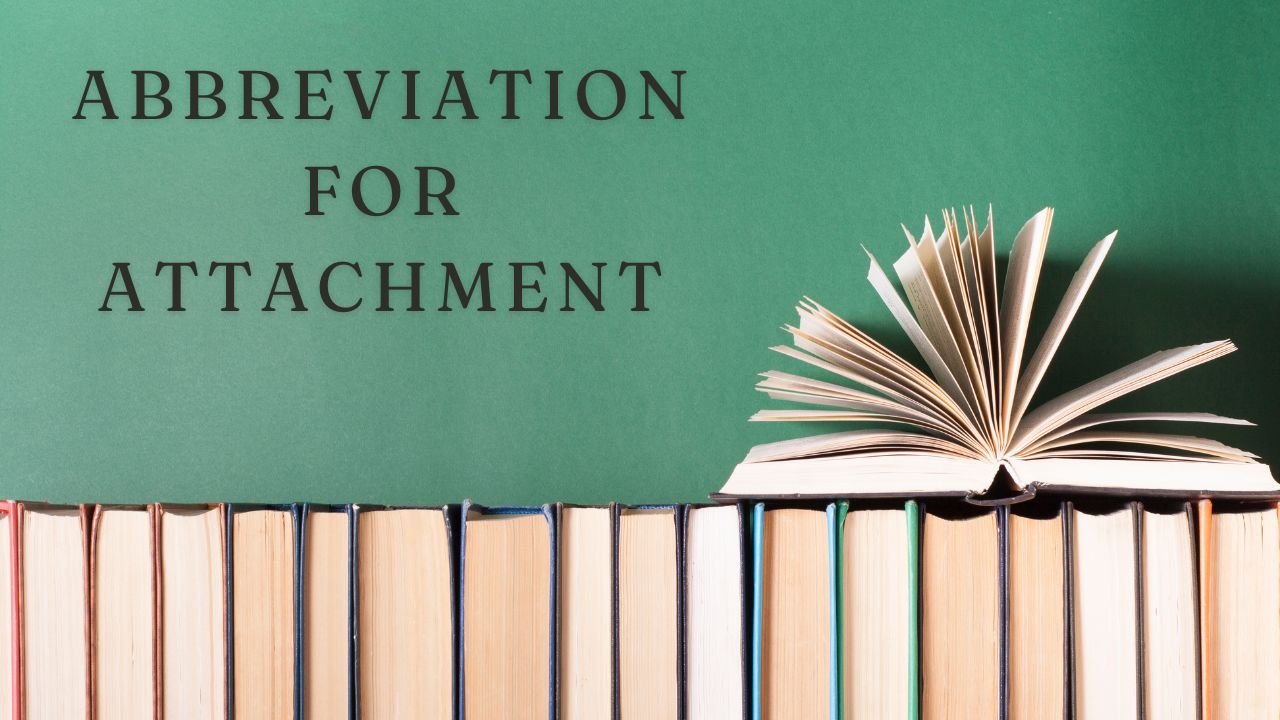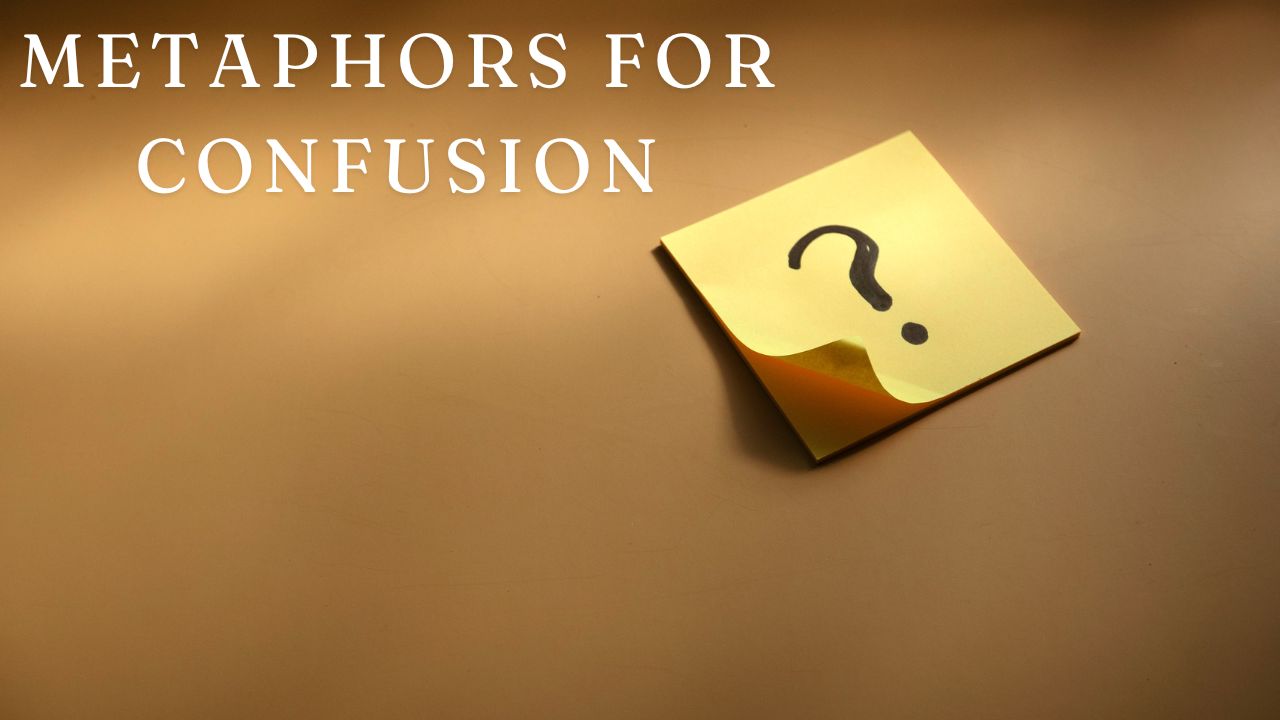In today’s fast-paced digital world, communication has evolved to become more efficient and concise. Email remains one of the most widely used communication tools, both professionally and personally. A critical yet often overlooked aspect of email communication is the use of attachments. But have you ever wondered about the abbreviation for attachment and how it simplifies our digital interactions?
In this guide, we’ll explore the meaning, usage, and significance of abbreviations like ATCH, ATT, and ATTM. By the end, you’ll have a deeper understanding of how these shorthand terms streamline communication and why they matter.
What Is the Abbreviation for Attachment?
When it comes to abbreviating the word attachment, there are several commonly used forms:
ATCH
ATT
ATTM
Att.
These abbreviations are widely recognized in emails, business communication, and even technical contexts. For example, you might see “ATT” in an email subject line to indicate that a file is attached. Similarly, “ATCH” is often used in informal or technical settings.
How to Use Abbreviations for Attachment
Understanding the proper usage of these abbreviations is key to effective communication. Here’s a breakdown:
Emails and Business Communication:
Use ATT or Att. in email subject lines or body text to indicate an attached file.
Example: “Please find the document ATT for your review.”
Technical and Informal Contexts:
ATCH is often used in technical documentation or casual communication.
Example: “The file is ATCH to this message.”
Plural Forms:
For multiple attachments, you can use ATTs, ATCHs, or Atts.
Example: “The ATTs include the report and images.”
Pronunciation of Attachment Abbreviations
Wondering how to pronounce these abbreviations? Here’s a quick guide:
ATCH: Pronounced as “atch” (rhymes with “catch” or “match”).
ATT: Pronounced as “at.”
ATTM: Pronounced letter by letter as “A-T-T-M.”
Meaning and Importance
In the digital age, an attachment is more than just a file—it’s a gateway to deeper understanding and collaboration. Whether it’s a PDF, image, or spreadsheet, attachments enrich communication by providing additional context or resources.
The abbreviation for attachments serves as a quick reference, ensuring recipients know what to expect. For instance, seeing “ATT” in an email subject line immediately signals that a file is included.
Synonyms for Attachment
If you’re looking to diversify your vocabulary, here are some alternative terms for attachment:
Enclosure
Annex
Add-on
Supplementary document
Included file
Affix
The Origin and Evolution of the Word
The term attachment has a rich history. It originates from the Old French word “attachare,” which initially meant “a seizure or arrest.” Over time, its meaning expanded to include emotional bonds and physical connections.
Today, attachment is used in various contexts, from psychology (emotional bonds) to technology (file attachments). This evolution reflects its versatility and relevance across different fields.
Proper Usage of Abbreviation of Attachment
Using the correct abbreviation for attached or attachment depends on the context:
Emails: Use ATT or Att. to indicate a file attachment.
Technical Writing: ATCH is often preferred for its brevity.
Legal Documents: Att. is commonly used to denote supplementary materials.
For example:
“The contract is Att. for your signature.”
“Please review the ATCH file for details.”
What Is the Meaning of Tomorrow?
Usage
Emails: Use ATT or Att. to indicate a file attachment.
Technical Writing: ATCH is often preferred for its brevity.
Legal Documents: Att. is commonly used to denote supplementary materials.
For Example:
“The contract is Att. for your signature.”
“Please review the ATCH file for details.”
Frequently Asked Questions
Conclusion
Understanding the abbreviation for attachment is more than just a matter of convenience—it’s a way to enhance clarity and efficiency in communication. Whether you’re using ATT, ATCH, or Att., these shorthand terms play a vital role in modern digital interactions.
By incorporating these abbreviations into your emails, reports, or technical documents, you can streamline communication and ensure your messages are clear and concise. So, the next time you send an email, don’t forget to use the right abbreviation for attachments!







